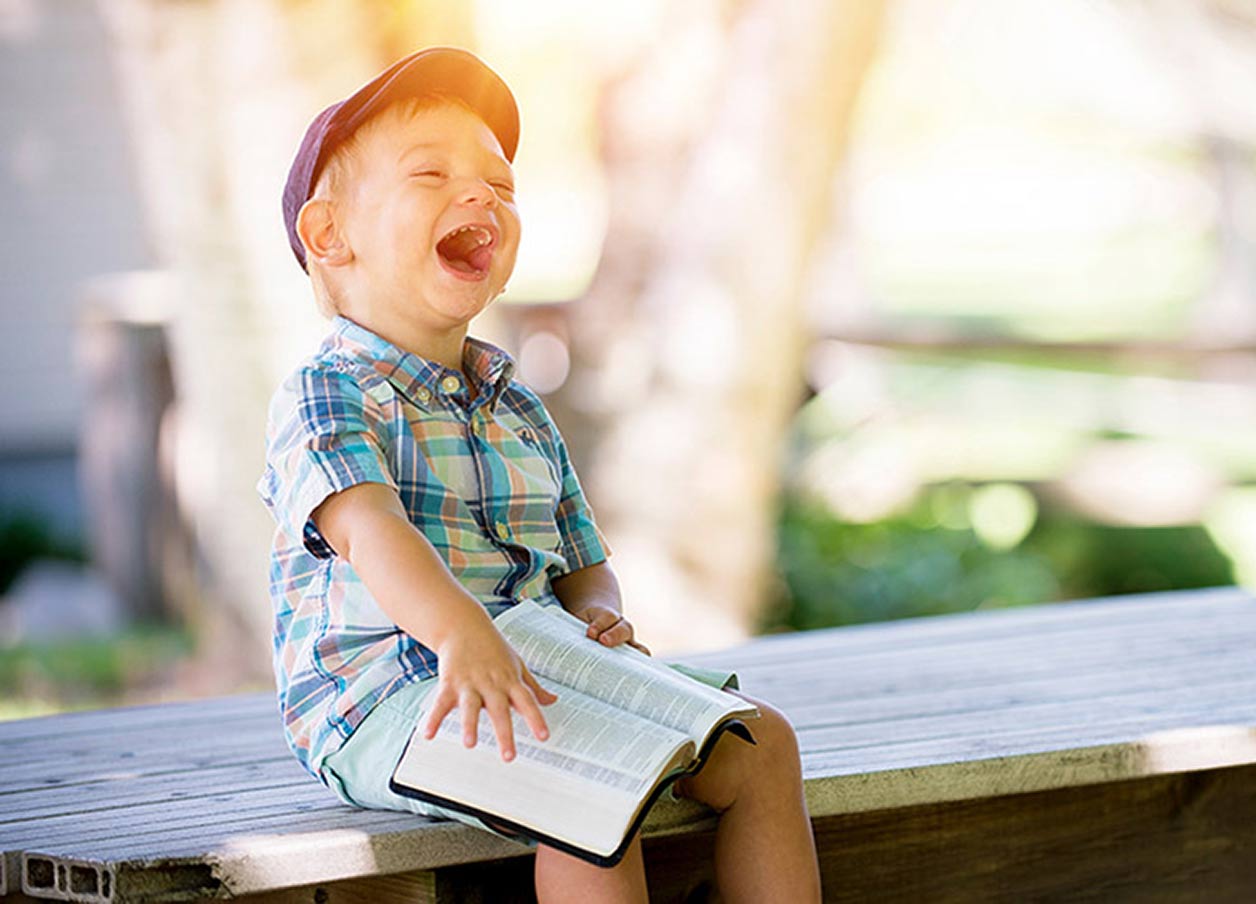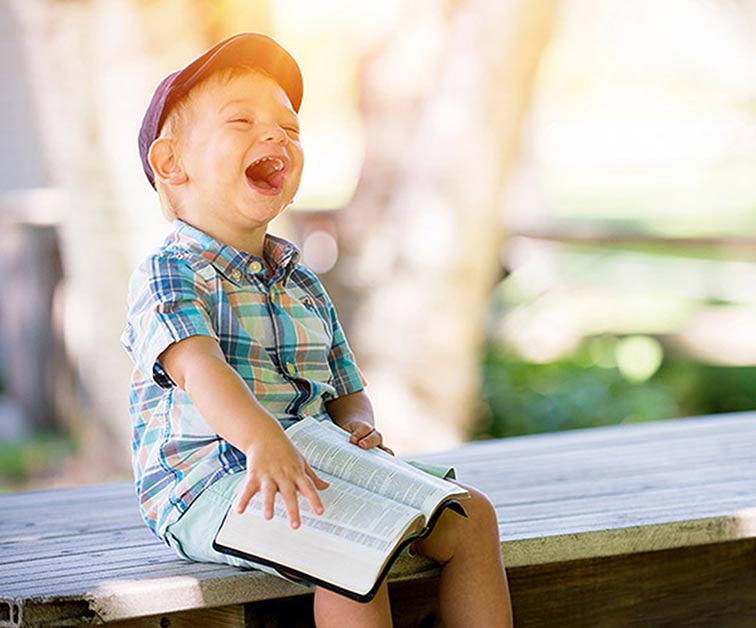Infants and preschoolers
Get in touch with us today for more information on our free NRMA education programs.


Keeping your infants and children safe
Vulnerable and easily distracted, children are dependent on us to protect and teach them safe habits around vehicles. Below you’ll find helpful advice to help protect children from the everyday risks of vehicles and the road.
Making driveways safer for children
Tragically, on average, one child is run over in their driveway every week in Australia. In the time it takes for the driver to say goodbye and start the car, a child may have moved from a safe position into the path of the vehicle. Small children in particular can be very hard to see from inside a car, especially if they’re behind it.
The rear vision of a number of popular cars has been tested and results show that there is not just a blind spot but in fact a large blind space behind most cars. Even if your car has parking sensors or a video camera fitted, you may not notice a small child until it‘s too late.
Prevention
A driveway should be treated as a small road, and discouraged as a play area. Keep a close eye on children whenever a vehicle is to be moved – hold them close to keep them safe. If you need to move a vehicle but you're the only adult at home, place children securely in the vehicle with you while you move it. Restrict child access to the driveway from the house, possibly using security doors, fencing or gates.
The facts
- More than a third of motor vehicle incidents that claim the lives of pedestrians under the age of six occur in yards, carparks and driveways.
- Children under the age of three are the most likely to be injured or killed in home driveways, often by a reversing vehicle driven by a parent, relative or friend. Of the children who are not killed, many sustain severe and permanent injuries.
- Even when drivers use mirrors while reversing, visibility behind a vehicle is limited.
Kids in hot cars
Never leave children alone in a car
After rescuing many children from locked cars each summer, we are always urging parents not to leave children locked in cars. On a typical 30°C Australian summer day, the temperature inside the car can reach more than double that of the outside temperature.
Facts
- 75% of the temperature increase occurs within five minutes of closing the car.
- Large cars can heat up just as fast as small cars.
- On a 30°C day, having the windows down will only decrease the temperature slightly – Research shows that the inside of a car can reach 78°C in a closed car and 70°C in a car with open windows.
The risks
- The humidity inside the car begins to increase, while the airflow decreases.
- As the temperature increases inside the car, the child can begin to develop heat stress and dehydration.
- Young children are more sensitive to heat than older children and adults. This can put them at greater risk of heat stroke and other health risks.
- If the child becomes distressed and tries to get out of their restraint, they could be at risk of strangulation on the harness.
Prevention
- Do not leave children in the car for any period of time without adult supervision.
- If you must leave the car, take the children with you, even to run a quick errand.
- Provide plenty of cool water or fluids regularly during your journey.
- Dress children in lightweight fabrics and light colours.
- When planning long journeys, especially with small children, consider travelling in the cooler hours of the day.
- Plan to stop every two hours so all passengers, including babies, have an opportunity to move freely.
- In summer when children are wearing lightweight clothing, restraints and harnesses may need to be adjusted.
- For rearward-facing restraints, it is not recommended that you use a sun protection hood as it can reduce the airflow around the baby's head, leading to overheating. A visor or sunshade is a safer alternative.
- Take the time to check your children's safety by rechecking the fit of their harnesses on every trip, short or long.
Choosing the right child restraint
All children up to the age of seven must be in the correct restraint for their age. The penalty for not having a child in the correct restraint is $352 and three demerit points.
NSW child restraint laws:
- 0 to 6 months must be secured in a rearward-facing restraint.
- 6 months to 4 years must be in a rearward or forward-facing restraint.
- 4 to 7 years must be in a forward-facing restraint or booster seat.
Types of restraints:
- Rearward-facing restraint
- Forward-facing restraint
- Convertible restraint
- Booster seat
- ISOFIX
The child restraint safety rating
The Child Restraint Evaluation Program (CREP) gives parents ease of use and safety ratings on individual child restraints.
- Child restraints are designed to match a child's age and size.
- All child restraints sold in Australia must comply with the Australian and New Zealand Standard AS/NZS 1754.
View the CREP child car seat buying guide.
Tips for the correct use of a child restraint:
- Check that straps and belts are not twisted.
- Listen for the click when buckling your child in.
- Fit the harness firmly – only two fingers should fit between your child and the harness.